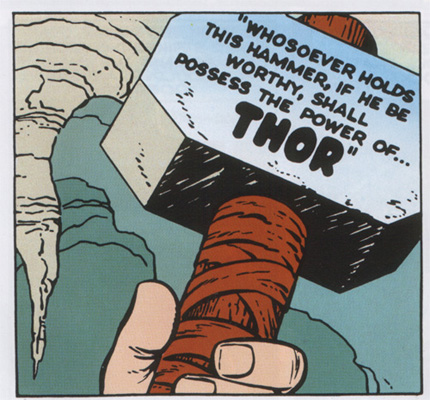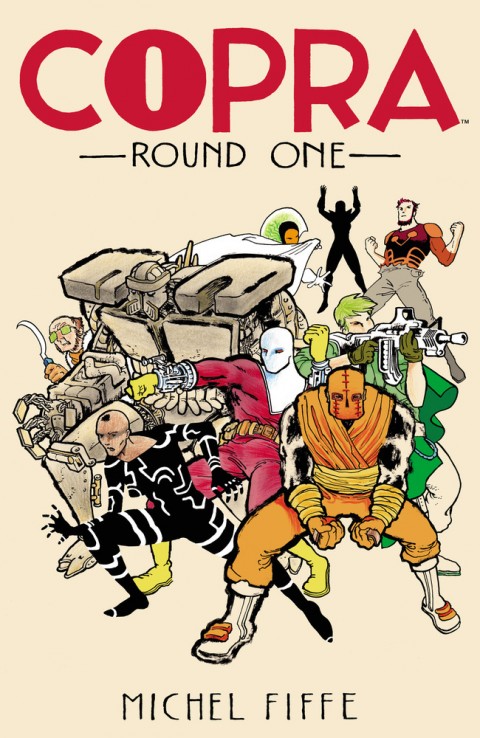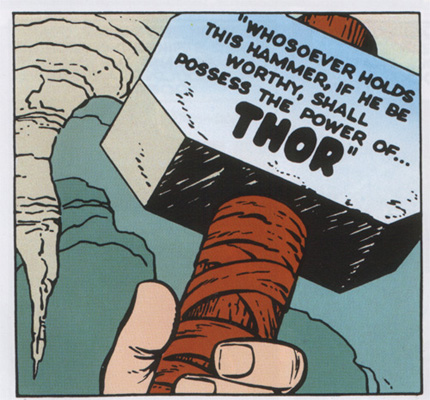
I was inspired to write this column after reading Siege #2. The hero Sentry kills Ares by ripping him apart. Spoiler alert (I guess that should have gone first). The panel shows a lot of blood and pieces of flesh, even a section of spine. The imagery is very graphic, as it was intended to be, and the other characters in the story are shocked. This comic book is rated age 13 and up, which would be appropriate if we lived in ancient Sparta.
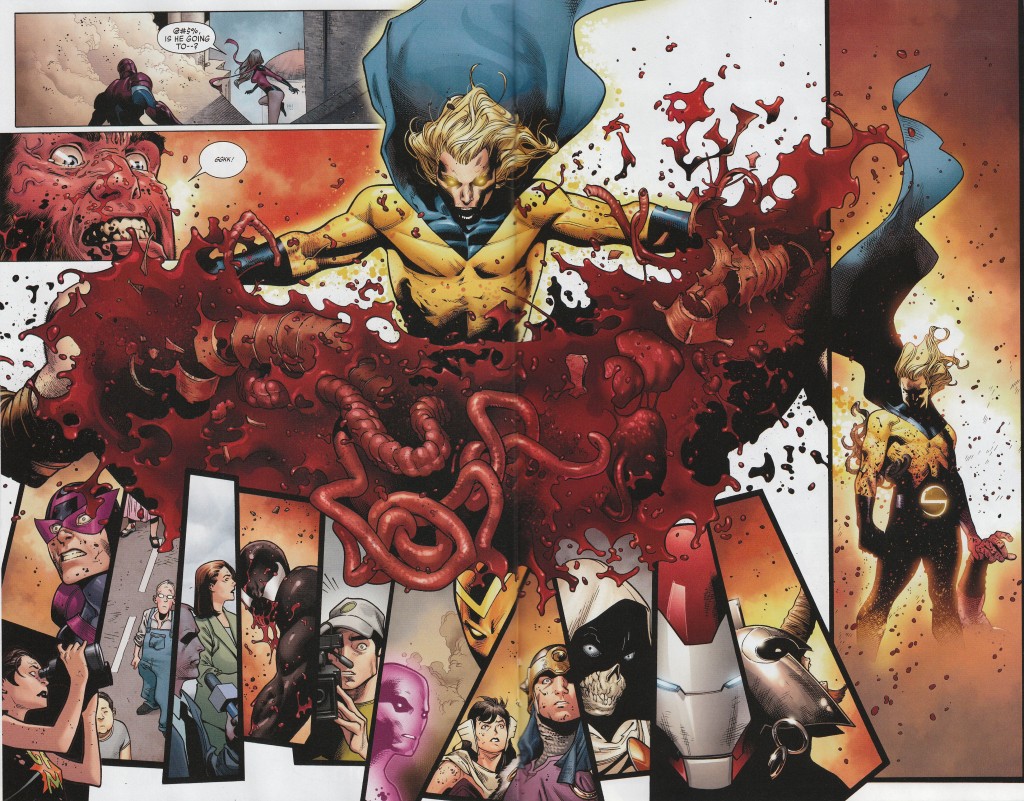
I should say that I am against censorship. People should be able to say whatever they wish (short of calling for criminal acts to be committed). I also believe that the creative community has a duty to inform the public about the product. This preserves creative license and allows the public to make an informed decision.
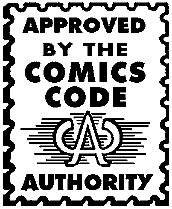 Comic book publishers used to submit stories to the Comics Code Authority. I will not go into great detail here (I’m sure my nerdy editor will add some sort of Wikipedia link*), but in short the CCA was a governing body that previewed comic books to determine if they were suitable for publication. Mad Magazine is a magazine instead of a comic book because they wanted to tell fart jokes and show the occasional damsel in a tight sweater.
Comic book publishers used to submit stories to the Comics Code Authority. I will not go into great detail here (I’m sure my nerdy editor will add some sort of Wikipedia link*), but in short the CCA was a governing body that previewed comic books to determine if they were suitable for publication. Mad Magazine is a magazine instead of a comic book because they wanted to tell fart jokes and show the occasional damsel in a tight sweater.
At one time almost every major publisher submitted their books to the CCA, but on rare occasions companies would publish titles without the Code. The CCA did little to explain content to consumers, but it did ensure that books met a very basic level of child friendliness (although please check out Comic Book Daily’s section on Sleepy Sensors). In the last decade the CCA has largely become redundant, and Marvel Comics (who publish Siege) have come up with their own rating system. Having a comic book company design their own rating system is a lot like letting a restaurant rate their own food.
The CCA was very similar to the Hays Code that governed motion pictures. When a better system was needed the MPAA movie rating system was created. This system, while far from perfect, allows the public to identify movies by category and gives consumers a sense of what to expect. I didn’t anticipate graphic sex scenes in Up! and parents didn’t look at Saw VI and wonder if it was a great family movie. Similar too is the ESRB rating system for video games. Parents know what to expect when they purchase Super Mario Galaxy and they know what to expect when they purchase Grand Theft Auto. You should know that if you are buying GTA for your young child you are, by definition, a bad parent. The ESRB and MPAA ratings are determined by independent 3rd parties. This is a necessary measure and ensures some uniformity across the ratings. The comic book industry needs to adopt a similar uniform ratings system.
Recently there has been a trend to more adult stories. “Comics aren’t just for kids!” has become the mantra of the industry. It is a varied medium and comics are no more exclusively for children than movies. But I’m just going to say it: super-hero comics are for 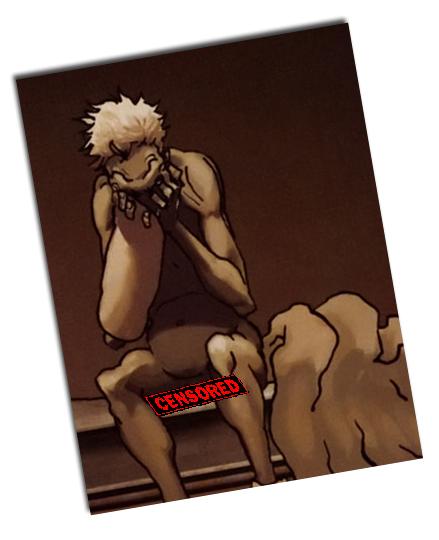 kids or they should be. Take that you nerds! Preacher is a great comic, but not for kids (again, if you read Preacher to your child at bedtime you are most definitely a bad parent). Superman, Batman, and Spider-Man were created for children, and writers should continue to write good stories that can be enjoyed by both adults and children.
kids or they should be. Take that you nerds! Preacher is a great comic, but not for kids (again, if you read Preacher to your child at bedtime you are most definitely a bad parent). Superman, Batman, and Spider-Man were created for children, and writers should continue to write good stories that can be enjoyed by both adults and children.
The average superhero title should not have any stories with extremely graphic content nor should it talk about Spider-Man’s sexual appetite. A parent should not have to ask if this Superman comic is appropriate for their 7 year-old. The comic book industry must be very short-sighted, and I mean Mr. Magoo short-sighted. Soon enough 35 year-old males grow old and die so if the comic industry is not drawing in new younger readers it will lose market share to video-games or twitter-face or whatever appalling social media tool will be the next big thing. Kids who read comics grow up and have more kids who read comics.
In short, comic books should have an independent rating system like movies or video games. These ratings would identify appropriate age ranges. It would also bring more readers to the medium and firmly establish the comic book industry as one that takes itself seriously.
*Ed note: Hey would you look at that, I did!
Anthony Falcone is a freelance writer living in Toronto. He is the Ayatollah of Rock N Rolla. If you have need of his services you can reach him at [email protected]. You can also view his elegant words of prose at www.thenerdalert.blogspot.com.

